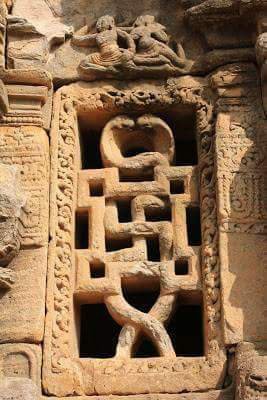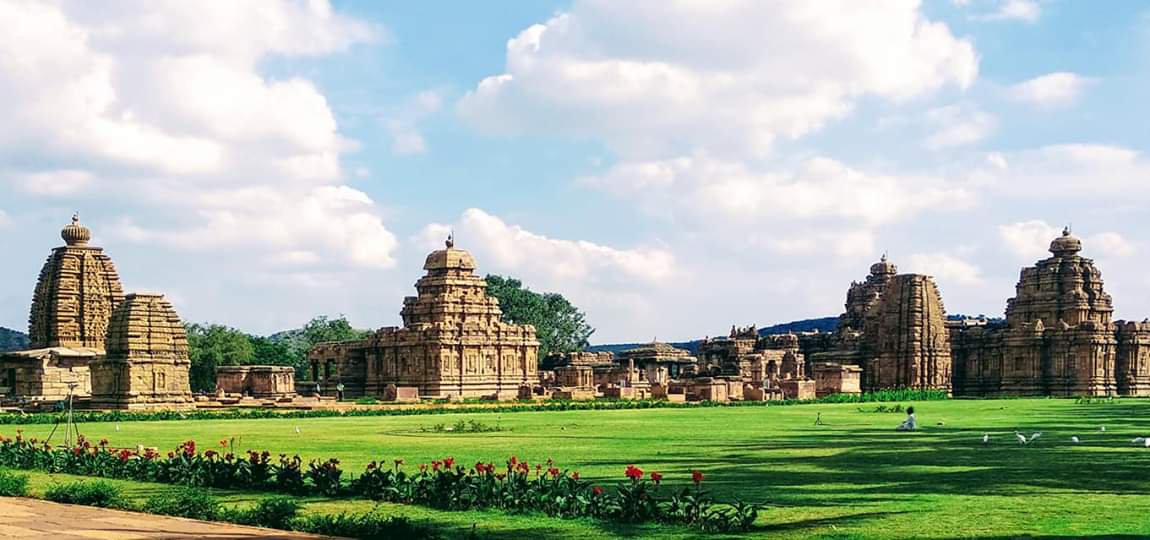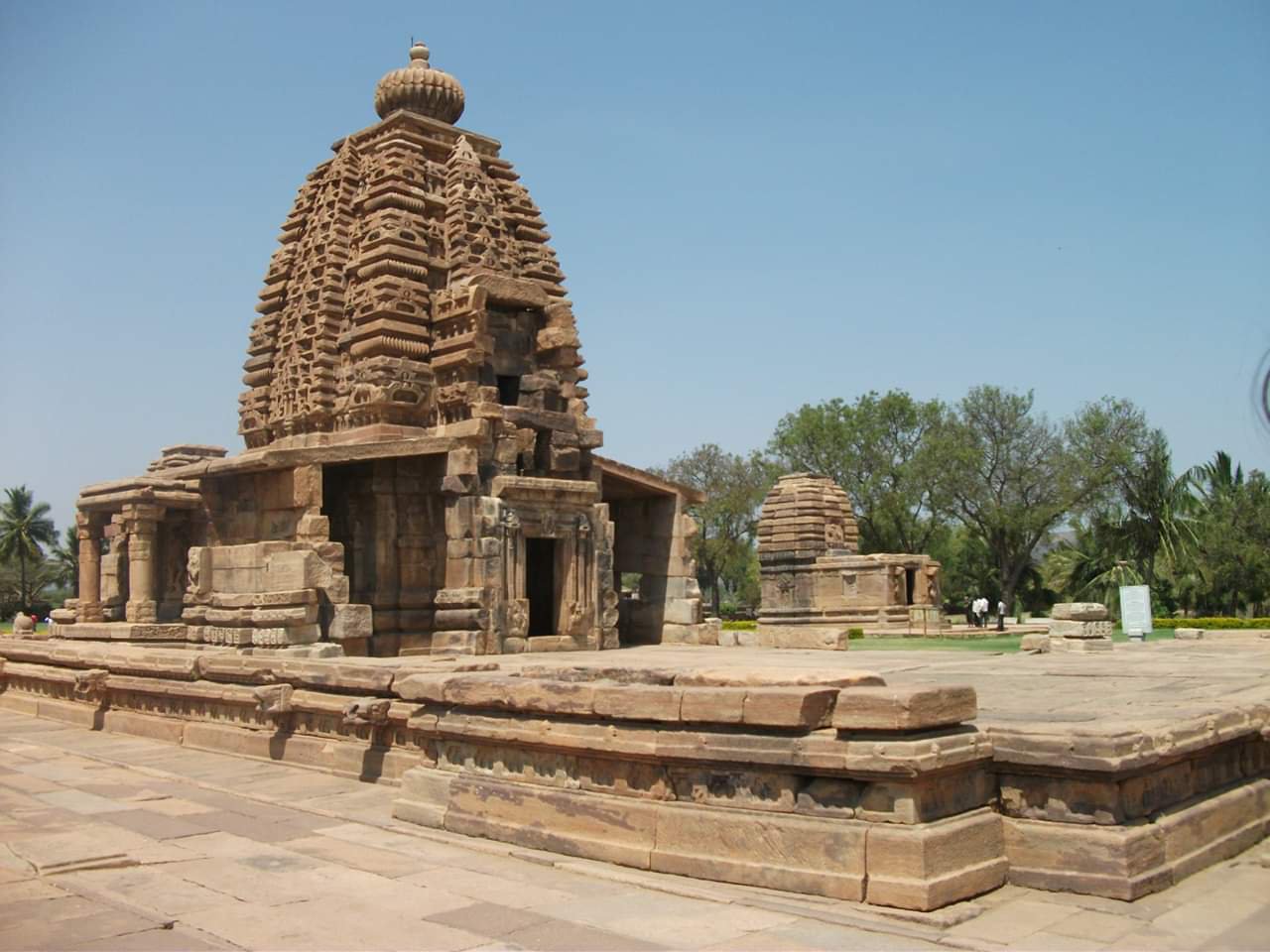The Serpent and Swastika were being existed in almost all the ancient civilizations around the world.
Ancient Indians used to worship the nature besides the deities both in male and female forms. They are the one, who worship all the forms of ‘Life’ and Existance.
This is one of the rare carved window one might ever come across in the Indian art and architecture.

You might have seen Nagas (serpents) in almost all the temples across Indian subcontinent. They were carved in many forms like serpents, entwined serpents, serpents with human heads, some with whole human body replacing the legs with snake tail.
In Christianity a snake symbolizes evil or Devil. In Hinduism the symbolism is much more complex. In Hindu ritual and spiritual tradition, a snake is not an evil creature but a divinity representing eternity as well as materiality, life as well as death, and time as well as timelessness. It symbolizes the three processes of creation, namely creation, preservation and destruction. It represents kundalini too.
The name swastika comes from Sanskrit meaning “conducive to well being or auspicious”. In Hinduism, the clockwise symbol is called swastika, symbolizing surya (sun), prosperity and good luck, while the counterclockwise symbol is called sauvastika, symbolizing night or tantricaspects of Kali.
In Jainism, a swastika is the symbol for Suparshvanatha—the seventh of 24 Tirthankaras (spiritual teachers and saviours).
While in Buddhism it symbolizes the auspicious footprints of the Buddha.
Though it was a symbol of auspiciousness and good luck till 1930s, before it was
becoming a feature of Nazi symbolism as an emblem of Aryan raceidentity and, as a result, was stigmatized by association with ideas of racism and antisemitism.
This is a carved window showing Swastika and entwined Nagas at Papanatha Temple, Pattadakal, Baglakot(Karnataka).

Pattadakal, also called Paṭṭadakallu or Raktapura, is a complex of 7th and 8th century CE Hindu and Jain temples in northern Karnataka (India). Located on the west bank of the Malaprabha River in Bagalakote district, this UNESCO World Heritage site is 14 miles (23 km) from Badami and about 6 miles (9.7 km) from Aihole, both of which are historically significant centres of Chalukya monuments. The monument is a protected site under Indian law and is managed by the Archaeological Survey of India (ASI).

This carved window representing the realtionship among body mind and soul. When We deeply feel about the well-being of the world around us, this helps in raising the kundalini energy in our body with practice.
We would like to hear what you think of this and don’t forget to post your thoughts in comments.